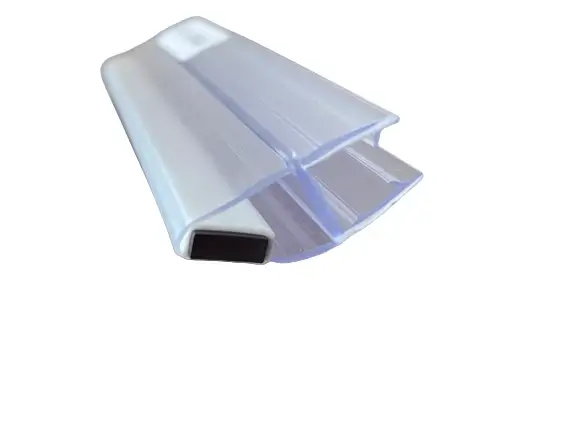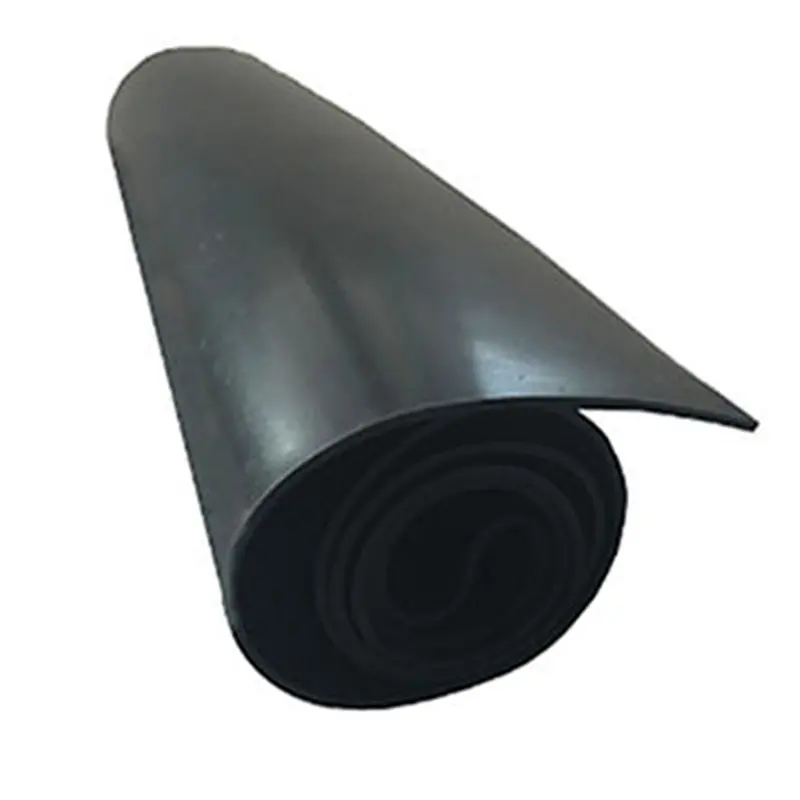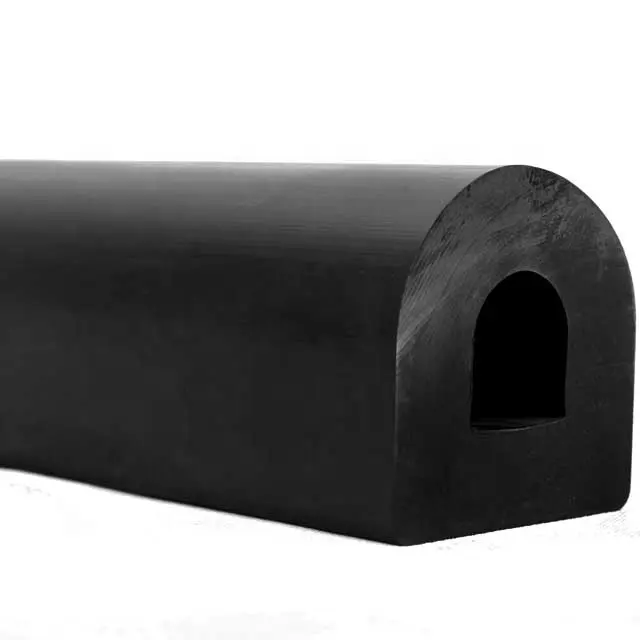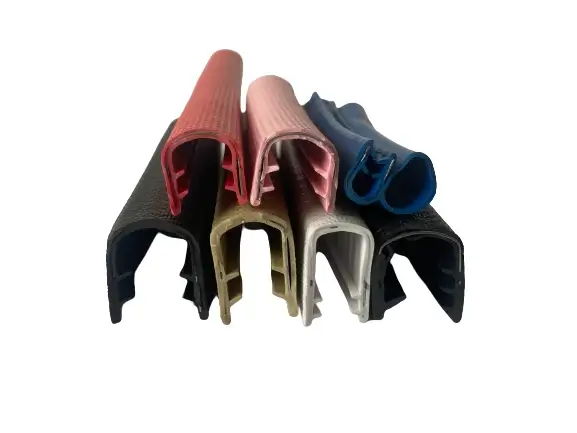Jul . 27, 2024 17:33 Back to list
Understanding the Importance of Rubber Seals in Maintaining Refrigerator Door Efficiency and Freshness
The Importance of a Rubber Seal on Refrigerator Doors
The refrigerator is one of the most essential appliances in any household, ensuring that food stays fresh and safe to consume. A critical component of refrigerator efficiency is the rubber seal, or gasket, that lines the refrigerator door. This seemingly simple feature plays a crucial role in the performance of the appliance and, consequently, in maintaining the quality of the food stored within.
Functionality of the Rubber Seal
The primary function of the rubber seal on a refrigerator door is to create an airtight barrier when the door is closed. This barrier prevents cold air from escaping and warm air from entering the refrigerator compartment. A good seal is vital for maintaining the desired temperature inside the refrigerator, which typically ranges from 32°F to 40°F (0°C to 4°C). When the seal is compromised, it can lead to temperature fluctuations that may encourage the growth of bacteria and spoilage of perishable items.
Energy Efficiency
Another significant role of the rubber seal is in energy efficiency. A refrigerator that maintains a consistent internal temperature operates more efficiently, consuming less electricity. According to the U.S. Department of Energy, appliances that are well-sealed can save between 10% to 25% of energy costs. If the rubber seal is damaged, the refrigerator must work harder to compensate for the loss of cool air, resulting in increased energy consumption and higher utility bills. Regularly checking and replacing worn-out seals can thus contribute to lower energy costs and a reduced environmental impact.
Signs of Wear and Tear
Over time, rubber seals can deteriorate due to various factors, including age, humidity, and misuse. Homeowners should be vigilant for signs that the seal may need replacement. Common indicators include visible cracks or tears in the rubber, a sticky or gummy texture, and difficulty closing the refrigerator door properly. Additionally, a simple test can be conducted a thin piece of paper can be inserted into the door seal when it's closed. If the paper pulls out easily, or if there is significant resistance, it may be time to replace the gasket.
rubber seal on refrigerator door
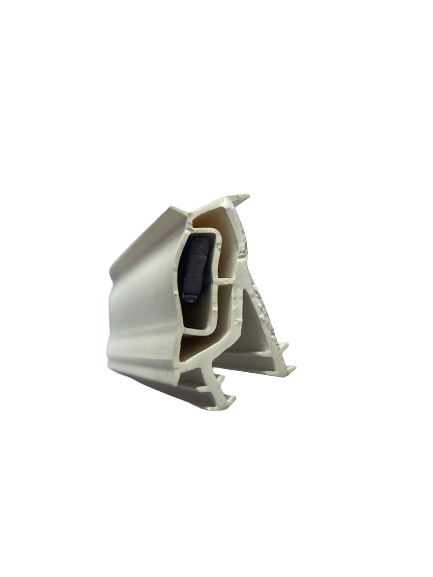
Maintenance Tips
Maintaining the rubber seal is relatively simple, yet it is often overlooked. Here are a few tips to prolong the life of the seal
1. Cleaning Regularly clean the gasket with warm soapy water and a soft cloth to remove dust and debris. Avoid using harsh chemicals that may degrade the rubber.
2. Inspecting Periodically inspect the seal for any signs of wear or damage, especially when performing routine checks of the refrigerator’s functionality.
3. Lubricating Applying a thin layer of petroleum jelly can help keep the rubber flexible and seal tight against leaks.
4. Adjusting the Door Ensure that the refrigerator door is properly aligned. Misalignment can put additional stress on the gasket, leading to premature wear.
Conclusion
In summary, the rubber seal on a refrigerator door is more than just a simple addition; it is a vital component that affects the appliance's efficiency, food safety, and energy consumption. Homeowners should be proactive in maintaining this often-overlooked feature to ensure long-term optimal performance of their refrigerators. Regular checks, cleaning, and timely replacements can save money in energy costs, improve food preservation, and contribute to an environmentally friendly household. By understanding and appreciating the importance of the rubber seal, we can enhance the longevity and functionality of one of our most valued appliances.

